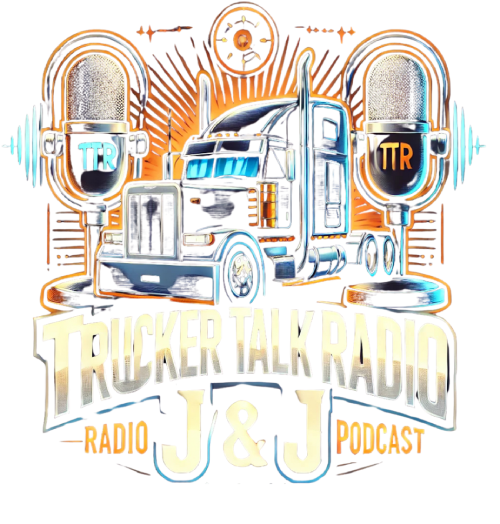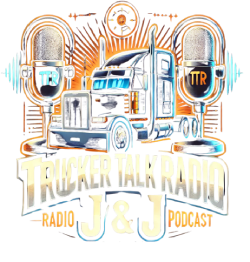Trucking Industry Faces Job Cuts Amid Economic Adjustments
The trucking sector is experiencing job losses as it adapts to changing economic conditions and political instability following the pandemic.
Recent data from the Bureau of Labor and Statistics indicates that the transportation sector lost approximately 1,900 jobs in February, maintaining a pattern of decreasing employment levels.
Additionally, the BLS has updated its earlier figures, which suggested overinflated job growth. Initially, December and January were reported to have gained 4,100 jobs, but revised numbers actually show a net loss of 800 jobs during those months.
These updates altered the overall employment trajectory, revealing that rather than a gain of 7,400 jobs from November to January, the industry had only seen an increase of 600 jobs from November to February—a much smaller rise than anticipated.
According to the revised data, trucking employment has returned to levels similar to those before the pandemic, as February 2025 figures indicated just a 0.1% decrease compared to February 2020, indicating stabilization after the hiring fluctuations due to the pandemic.
Mixed Signals on Trucking Employment
David Spencer, vice president of market intelligence at Arrive Logistics, remarked on the ambiguous state of the industry, noting that despite initial optimism in late 2024 and early January, seasonal slowdowns in February and clarifications about tariffs dampened positive expectations.
Spencer anticipates continued job reductions, stating, “The most likely scenario moving forward is a gradual downward trend in total employment as trucking companies adjust to lower profitability levels and optimize their operations until market conditions improve.”
Segment-Specific Insights
Mazen Danaf, a senior economist at Uber Freight, echoed the mixed outlook for trucking jobs. Even though total trucking jobs decreased slightly, long-distance truckload employment faced steeper declines, reflecting waning optimism in the long-haul segment due to post-peak season challenges.
However, an increase in weekly hours worked by long-haul truckers may indicate tightening capacity due to previous job losses. According to FTR Transportation Intelligence, general freight truckload employment decreased by 2,600 jobs in January while local specialized trucking gained 3,200 jobs, indicating a complex employment landscape.
Growth in Last-Mile Delivery Jobs
FTR also reported significant growth in parcel and local delivery sectors, with 23,500 new jobs created in February, contributing to ongoing increases over the last few months.
Avery Vise from FTR noted that trucking job trends are closely tied to manufacturing, while parcel and local delivery positions are linked more to retail and e-commerce activities. Danaf suggested that changing consumer habits and e-commerce growth drive the demand for last-mile delivery jobs, contrasting with the economic challenges impacting long-haul trucking.
Impact of Consumer Spending on Employment Trends
Despite a slight uptick in manufacturing output in February, it remains weak compared to the increases reported in retail trade and online sales, showcasing a division where consumer spending, particularly in e-commerce, is propelling local delivery employment, while the trucking sector lags due to feeble industrial production.
Vise emphasized the importance of monitoring industrial output and other production metrics, which are critical indicators for understanding the stability of the trucking labor market. Given the volatility of industrial production compared to consumer spending, predicting trucking employment trends can be complicated, especially amidst tariff and supply chain challenges.
He concluded that a sustained recovery in manufacturing would likely signal a positive change in trucking employment levels.


